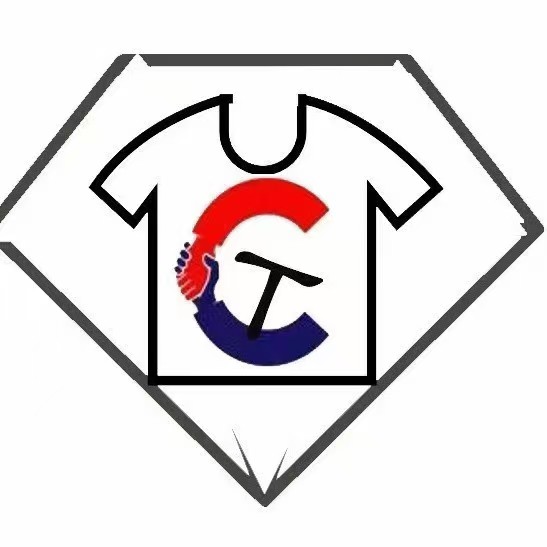The garment industry is constantly evolving, with new technologies and trends shaping the way clothing is produced. As consumer demands continue to change, garment factories are looking for innovative solutions to keep up with the fast-paced nature of the industry.
One of the major trends shaping the future of garment factories is sustainability. With increasing awareness of the environmental impact of the fashion industry, consumers are looking for more sustainable and ethical options when it comes to their clothing. Garment factories are starting to adopt more eco-friendly practices, such as using recycled materials, reducing water usage, and implementing renewable energy sources. This shift towards sustainability is not only good for the planet, but it also appeals to a growing number of environmentally-conscious consumers.
Another trend that is shaping the future of garment factories is automation. With advancements in technology, garment factories are increasingly turning to automation to streamline their production processes and increase efficiency. From robotic sewing machines to automated cutting machines, these technologies are revolutionizing the way clothing is made. Automation not only speeds up production times but also reduces the risk of human error and improves overall quality control.
In addition to sustainability and automation, another key trend in the garment industry is customization. Consumers are looking for unique and personalized clothing options, and garment factories are responding to this demand by offering customizable products. Whether it’s through made-to-order services or personalized embroidery, garment factories are finding ways to cater to individual tastes and preferences. This trend towards customization is not only a way to differentiate themselves in a crowded market but also a way to create a more personalized shopping experience for consumers.
Overall, the future of garment factories is looking bright, with a focus on sustainability, automation, and customization. By embracing these trends and investing in innovative technologies, garment factories can stay ahead of the curve and meet the changing demands of consumers. As the industry continues to evolve, it will be exciting to see how these innovations shape the future of clothing production.
